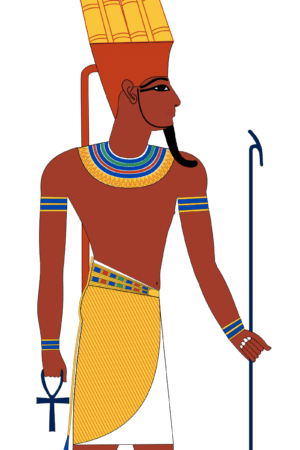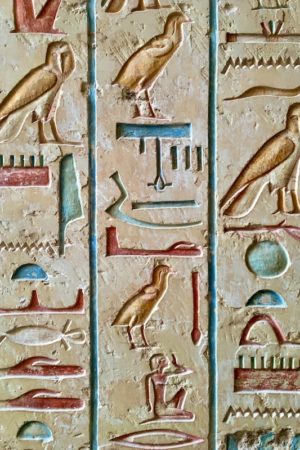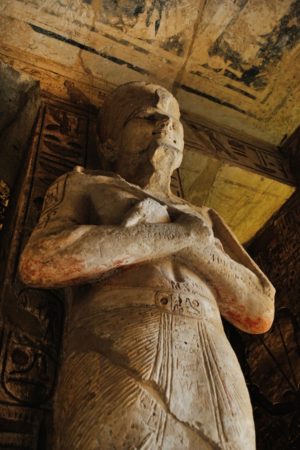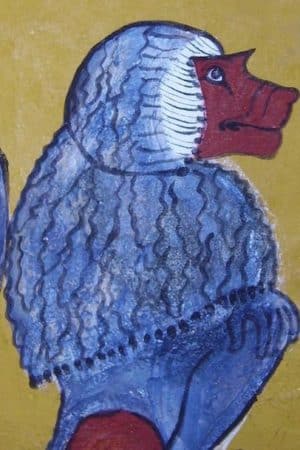As we head deep into fall and its many celebrations of harvest time, Halloween, and Dia De Los Muertos, along with a time change that will plunge our evenings back into darkness, I’m (Sarah) reflecting on the transition from fall into winter. For many around the world, autumn is a time of mystery, darker nights, and reading spooky stories by the fire. And right now at SLOCA, we’re studying the Ancient Egyptians from primary on up to high school! As we travel through Egypt, we’ll be met with images of tombs full of spider webs, haunting symbols, bandage-wrapped mummies, bodies preserved for thousands of years, and their attendant human and animal sacrifices. Stories of souls being weighed and measured and the consequences that awaited those who had done evil all offer plenty of fodder for the macabre October imagination! Yet while for many October is a month pumpkin spice lattes, reflecting on memories of ancestors, reading The Legend of Sleepy Hollow by candlelight, or dressing up as Mummies, Vampires, or Ghouls in exchange for sweets, for the Egyptians, October was associated with the monster god Baba. The offspring of Osiris, Baba took the shape of a violent and aggressive baboon, bloodthirsty and living on human body parts. Certainly not a character I’d like to meet out and about on a dark October night! But he also had a job to do: as one of the underworld gods, Baba could be found hard at work, eating the souls that had been weighed and found wanting!
But it wasn’t all scary stuff. In Egypt, October was also a time of celebrating life, rebirth, family, and fertility, concepts that, in Europe and America, have more typically been associated with springtime. Like us, the Egyptians counted time on a 12-month calendar. But they started their New Year with Akhet, “The Flood Season,” which started in early September. That means that on the Egyptian calendar, we are currently in the second month of Akhet, which runs from October 11th to November 9th. The Egyptians called this month Akhet II, or Phaophi. This month was associated with the flooding of the Nile, which was a gentle and predictable event. It was also a good thing, because this is when the waters carried fertile silt out into the farmlands so the crops could be irrigated and fertilized. Phaophi was also the month of the Opet Festival, a massive ceremony and feast in Thebes celebrating the flooding of the Nile and a marriage ceremony between Pharaoh and the god Amun-Re. Egyptians believed that by taking part in this religious ceremony, Pharaoh was vested with fertility. It also reinforced his power to serve as intermediary between the gods and the people of Egypt. This was a celebration of leadership; new life for people, crops, and animals; the bounty and luxury of Egyptian civilization, and the rituals that secured that prosperity for future generations. While the Egyptians may have been obsessed with death and mummies and bloodthirsty underworld baboons, they also joyfully celebrated love and life—especially in the month of October!
This trimester, as we head toward darker, shorter days and study up on the Ancient Egyptians, we hope you stay cozy—and find plenty of ways to celebrate life along the way!
Thank you Sarah Shotwell for contributing to History – This Week! It is so interesting to learn about how different cultures have celebrated the changing of the seasons. Share a favorite tradition that you and your family like to celebrate during Autumn below!
SLO Classical Academy is not affiliated with any of the above-mentioned websites, businesses, organizations, or individuals.























